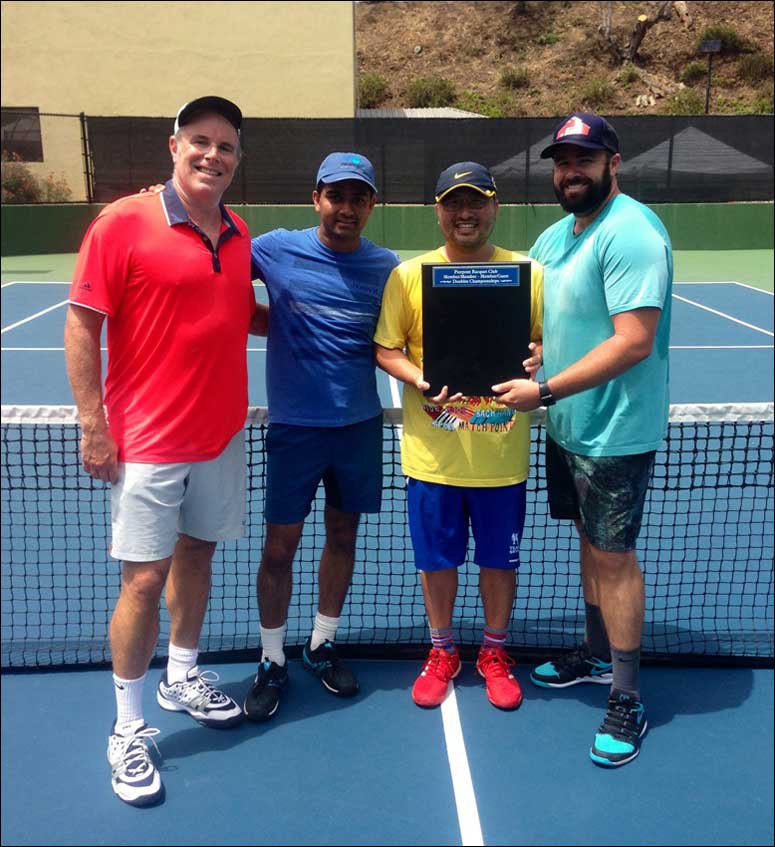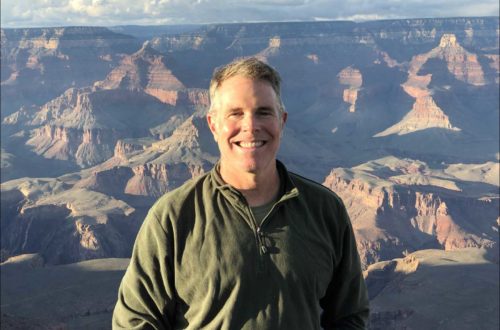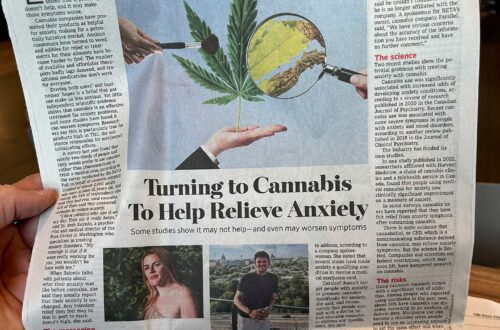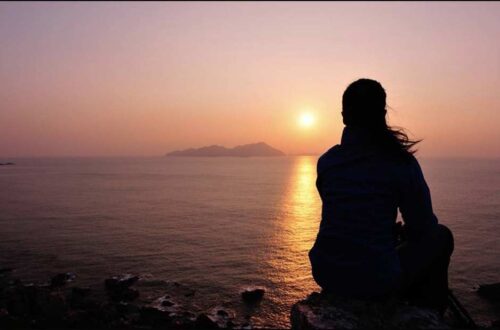In my last essay, I talked about the “fraying” of American society, and how loosening social mores resulted in a tiny number of lonely, disturbed young men choosing to perform acts which were taboo in earlier eras of American history. I was talking about high publicity mass shootings.
But as tragic, senseless, and dramatic such spectacular acts of public violence are, they are also rare, thankfully. The chances of encountering a random sociopath with a gun at school, at a concert, or some other public venue, are minuscule. It is akin to getting hit by lightning or infected by flesh eating bacteria. (Small comfort the statistics might be, however, if it happens to you!) For all the hysteria about “assault rifles,” they are used in a tiny percentage of murders. Most killings in America involve handguns and revolve around gangs and gang conflict, drug deals gone bad, assaults and robberies, etc. The usual suspects. I recently read Fox Butterfield’s “In My Father’s House,” and he claimed criminologists have found that some 50% of all crime is committed by 5% of the population, are 10% is responsible for ⅔ of crime. Stay away from the minority of families enmeshed in crime culture — often generation after generation, parole and parolees, as Butterfield described the Bogle family — and you are pretty safe. Most Americans live outside of neighborhoods where violence is common, and violent crime in the USA is down markedly since the 1980s and 1990s.
But crime exploded in the era of the Civil Rights and Vietnam War protests and afterwards. Even if it less now than it was in the 1980s and 1990s, we are nowhere near the lower levels of violence we saw before the “Great Disruption” of the complicated social upheavals of the 1960s and 1970s. Society has changed, for better and for worse. As David Brooks has Andrew Delbanco (in the book “The Real American Dream”) describing the national “big idea” in American “from 1960 to today , was organized around Self. Each individual should throw off constraints. The best life was the life of maximum self-expression, self-actualization and maximum personal freedom, economic as well as lifestyle.” So far, so good. Nobody is arguing a return to the days of Jim Crow segregation or gays confined to the closet. A place where individuals have less personal freedom.
Yet American society today, while “freer” and more open for individuals to choose for themselves the life they want, is also generally less cohesive. Ethnic minorities, homosexuals, and other members of vulnerable and marginalized groups are able to play a more public and unashamed place in American society. The strictures against pre-marital sex came crashing down, as well as the stigma against single motherhood. (40% of all children are born today in America to single mothers!) Drug use skyrocketed at that time and has remained high ever since. The social changes in America from 1960 onward make for an incredibly complicated mix of good and bad, the one hard to disentangle from the other. The America of today is a wealthier and more unequal place than it used to be. But the government, church, family, and many other social institutions are weaker — they are “frayed,” if still extant.
So if there is much more freedom for individual Americans to live as they wish without social constraints than sixty years ago, there is also less support and guidance for those individuals. America is less a country with members who share similar values and support each other, and more a place where free actors are on their own. To some extent, American society has fragmented.
It is a large country and I am unpardonably generalizing, but this is the America I see it: we work hard by day at school or in the workplace, and then everyone comes home at night and retreats into their homes where they sit in front of their phone or TV or computer and watch Netflix or sports, or they play video games online or cruise social media. They are together alone online in front of a screen while the city streets outside are quiet. People attend in person the high school basketball game much less. They go to church with others less on Sunday morning. People watch hundreds of different channels on Youtube or iTunes; musical tastes have splintered into a vast number of genres through Spotfiy or Pandora or Google Play or Apple Music. Everyone is so into their own private pursuits that there are few pop culture experiences that all Americans share. There are thousands of choices in lifestyle, music, dating patterns, but not so much help in deciding the best way to live or support individuals in choosing among these. There is little common ground which Americans hold together.
On the other hand, there are many fewer rules. Nobody is going to give you shit if you want to dye your hair pink, pierce your nose, and practice Wicca. You have the freedom to make those choices. Nobody will really care. They might raise their eyebrows as you pass by, but they will leave you alone. But that is also the problem: they don’t care, they will leave you alone. Nobody cares. That is how I see it in California, at least.
Sure, you will see public service announcements on social media or on TV about “people care” — with suicide hotline phone numbers to contact. But the people that matter are the ones you see in your family, and in your immediate community, on a daily basis. How many people have frayed, or “thin,” support systems immediately around them? How many people barely have families they talk with? Only one parent? Living in poverty? And not only poverty in terms of not much money — but poverty in terms of the spirit, hope for the future, in supportive community? They don’t belong to a church. They aren’t in a bowling league. They don’t have an animating “higher purpose” to their lives. They (maybe) work and then go home. Or many don’t have a job and nowhere to go during the day. They languish. These are the types, the low skilled under/unemployed in the Rust Belt and elsewhere, who believe as President Trump did in the dark “American carnage” vision of our country communicated in his January 2017 inaugural address.
In America today too many live despairing, isolated lives. Too many Americans are on their own in 2019. I am sure it would have been different in America in 1897 or 1957, or in present day Chile, India, Iran, Armenia, or Thailand. There exists thicker social relations and family connections in those more “traditional” societies. There are more communal rules — with the thicker connections come those rules. They might be poorer than Americans in money, but they are richer in community. They are enmeshed in functioning social webs, but they are less free in their choices.
In modern America, in contrast, one is relatively free of traditional rules or external constraints — there is more freedom. As far as that goes, this is fine. But many Americans, in my opinion, suffer isolation and loneliness. They have all the freedom in the world but not enough support. They suffer from too little guidance on a daily basis. There is maybe too much individualism, and as individuals they suffer. Too many Americans are floundering in their freedom. The suicide rate is up 33% since 1999; crimes of despair are rampant. (“U.S. deaths from alcohol, drugs and suicide hit highest level since record-keeping began.”) The mass shooter and the heroin addict are the flip sides of this despair: the first strikes out externally at others in pain, and the second internally medicates (and poisons) the self to numb the pain.
That is what I want to talk about here: loneliness.
America, land of the free (maybe too “free”?), is full of the lonely and the isolated. Health experts lay a litany of physical and psychological maladies directly at the feet of social isolation. It is a huge problem that defies generalization; much is going on.
Let me narrow this down to what I really want to talk about — loneliness is men like myself busy in middle age.
Middle aged white men, the demographic I belong to, has seen a huge increase in suicides and unintentional deaths. It has helped drag the national life expectancy down — quite a feat.
Some time ago I read the following excellent article:
- “The Biggest Threat Facing Middle-Age Men Isn’t Smoking or Obesity. It’s Loneliness.” by Billy Baker As men grow older, they tend to let their friendships lapse. But there’s still time to do something about it.
And Billy was, in part, talking about me.
I grew up in a “thick” community in Newport Beach in the late 1970s and 1980s. I knew my neighbors and they knew me, and my schoolyard chums from the neighborhood and I played baseball, basketball, and football together through elementary, middle, and high school. My family was firmly ensconced in Our Lady of Angels Catholic Church. First communion, confirmation, youth retreats, church every Sunday. I was known and I knew my neighbors.
I rebelled against much of this as an adult. I left Orange County to go to UCLA for college, a huge school where I had as much freedom and privacy as I could want. I chose not to return and live in Orange County where I grew up; I have never lived near my family or returned to the “thick” community of my childhood. I chose to strike out on my own. Furthermore, I don’t attend religious services or belong to any faith community. I often found myself alone in my twenties and thirties, but I was rarely lonely. I was a bachelor with buddies; I was a single guy who enjoyed being single; and I was busy building my career. I lived in Los Angeles and was just one person in a huge city. Los Angeles where I lived for thirteen years was more a bunch of strangers stuck in traffic on the freeway than a community of neighbors who knew and looked out for each other.
But by age 40 I had moved to the suburbs of Ventura and was married with kids — and overwhelmed. I am close to my father and my siblings, but I have always lived an hour or two away from them; I see them often, but not on a daily or weekly basis. When it comes to raising and supporting my young daughters, I was doing pretty much all of it without any help from others — with the huge exception of my wife. It was pretty much just Maria and I. Maybe community was more important now? But my male friendships had changed. Like Bill Baker, my contact with male friends fell a bit by the wayside as I changed diapers and held a job and household together. I had many friends I had known for decades (ie. played baseball with through childhood), but they lived not close by — and I saw them during holidays, and sometimes not even then. We were all so busy. The image of myself in 2010 is Richard at a playground with my toddler on a Sunday afternoon at 3 pm — bored, a bit peeved, and playing “tag” with a three year old. I realized around that time I had done little for years other than teach classes, grade papers, and change diapers. I resisted making new friends in my 30s — I already have my friends, I told myself, but we increasingly lived in other cities. I was a full time high school teacher, part time adjunct professor — with a three year old, a newborn, and a wife. I was quietly going nuts. I might have gone nuts, but I did not have the time for it. To go nuts would have seemed like an indulgence I could not afford. One treads water frantically to keep one’s head above water.
I needed something for myself, else I lose my sense of self in fulfilling my responsibilities as a father, husband, and educator. I sensed I needed something else. Just for myself. I suspected if I had that for myself, I could return to wife, children, and my students better able to serve them.
So I joined a tennis club.
I worked summer school in July of 2011, and I took some of that extra cash and paid the membership fee and three months of dues at the Pierpont Racquet Club. I knew not a soul who worked or belonged there, but I just walked in, asked for a tour, and signed up.
Maria and I had always belonged to gyms — the usual type memberships around $30 per month at Maverick’s or LA Fitness. I was decent, but they gym was often crowded and the place smelled of sweat. The Pierpont was much less crowded, and the person at the front desk knew your name and handed you a towel when you arrived. More than a mass exercise Wal-Mart of anonymity, you were joining a community with tennis courts, a pool, social events, and a small cafe. And unlike other tennis/golf clubs, it was not extravagantly expensive. LA Fitness costs about $30 per month; the Pierpont cost about $300. But it was worth it. I told myself, “You have worked long and hard to be where you are in your career, and you deserve this.” With meals and kid’s swimming and youth tennis lessons, we have had monthly bills in the $600-700 range, and it is still worth it. Over the past seven years our family has spent around $25,000 at the Pierpont Racquet Club. (The Pierpont is a medium range club in terms of expense: more than the mass workout warehouses like 24 Hour Fitness or Planet Fitness, but much less than golf/tennis clubs with equity memberships that cost tens of thousands of dollars and sport full service restaurants which my family could not afford. [It seems whenever you add golf to a club it becomes terrifically expensive.] At the Pierpont, in contrast, there are other public school teachers like me who are members. I play tennis routinely with a firefighter and tile installer, along with many dentists and other such white collar professionals.) There are plenty of expenses I get no joy in paying every month (tax bills, insurance premiums, utilities, etc.), but I pay my PRC dues without complaint.
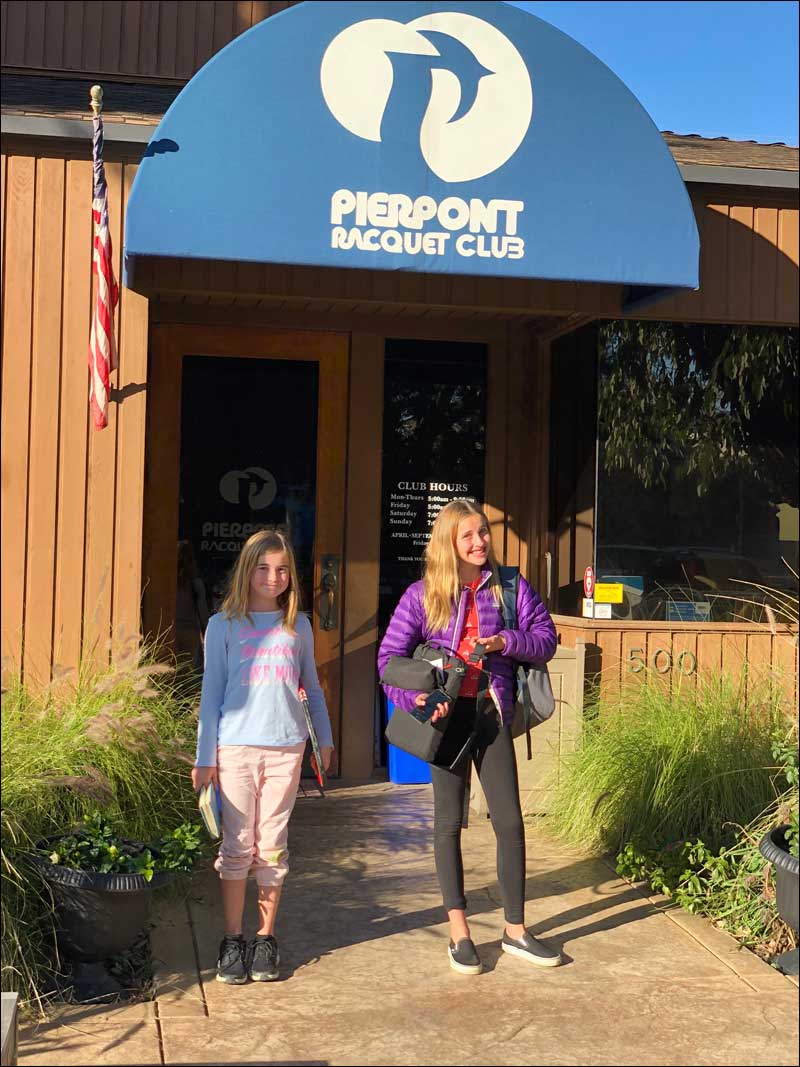
I grew up in a tennis club and have many happy memories of it. But Maria did not, and initially she thought the idea of a tennis club self-indulgent and too expensive. But I told her, “Honey, it is not just me but our entire family joining the club. Our daughters will learn to swim there and be active and athletic. If we don’t go to the club at least three times per week, then we can talk about quitting it.” Seven years later, the Pierpont Racquet Club has been almost a home away from home. Maria no longer questions the expense; we get our money’s worth. Our daughters did learn to swim in its pool. They are practiced tennis players. Maria uses the exercise room all the time. We can eat there, or even read on a couch or watch TV or play ping pong. When the girls grow bored and restless on a slow Sunday afternoon and start fighting, I inform them to “grab your bathing suit we are going to the club for a swim!” We would be physically active, not passive. My older daughter’s jr. team tennis was the under 10 division for all of southern California at Indian Wells last January.
And the Pierpont has almost been a lifesaver for me. I grew up playing tennis, but I hardly swung a racquet from the ages of 14 to 44. But I started again in the fall of 2011. I started to meet other players and made friends. I played in USTA leagues, won club tournaments, suffered injuries big and small, and eventually changed my physiognomy. After so much vigorous exercise over several years the musculature of my body subtly but profoundly changed. In some ways, I came to have almost a different body. That was important. I felt more comfortable with my aging body; I felt happier in my skin. I could not control getting older, but I could control how my body responded to getting older. “Control what you can control!”
The physical exercise was important, but inextricably linked to this is the social element in tennis. Yesterday, December 19th, 2018, after a stressful day at work and a frenetic afternoon of child chauffeuring (while Maria worked out after school), I had a tennis match scheduled at the club at 5:15 pm. I walked onto the court frazzled and asked my tennis buddies, “Is this the place where I de-stress after a hard day at work and finally have fun?” They laughed. We played two sets of tennis over and an hour and a half. My team won 6-2, 6-2, I played well, and got a good workout. I enjoyed playing a game with a ball — just like when I was a kid. Then three of the four of us went to Spencer McKenzie’s seafood restaurant for dinner and enjoyed a warm meal, genial conversation, and more laughs. After the exercise on the courts and camaraderie over dinner, I returned home a changed man. I was in a good mood. I was a better husband, father, and teacher after these three hours of “me” time.
And I know fully well how I would have felt if I had gone straight home from work with my daughters and stayed inside the rest of the evening. Work all day and then come home to family responsibilities, etc. I would be irritable and short of temper — strained, overwhelmed, feeling uncomfortable in my skin. I try and schedule it so that Maria and I both get this time each day after work where we get a workout. It is not optional. It should be mandatory to get a vigorous workout each day. Maybe it was different when I was younger, but by my forties I needed to get a good sweat if I was to earn a strong appetite, calm demeanor, and good night’s sleep. Our bodies were designed to be used, and it is bad for one’s health to sit at a desk all day, look across at a screen, and fret and stress. “Sitting is the new smoking,” I have heard it explained. Get up and get moving! And the older one gets, the more it is so. The health consequences for inactivity are real.

So on days when I have no tennis scheduled I often find an hour to go to the Pierpont and swim laps for 45 minutes. I keep my suit, googles, and Doc’s ProPlugs to keep the water out of my ears in my car so I can jump in the pool at a moment’s notice. I don’t have to schedule a partner to play as in tennis; I can just go jump in the pool whenever and swim laps. I get out of the pool afterwards feeling so much better both in body and in spirit — I do some of my deepest thinking in the pool, and come up with some of my best lesson plans there. I am re-energized. I am in the pool some four times per week, But, more importantly, I run into a friend in the lobby, locker room, or on the front tennis court on my way out of the club on a Tuesday or Sunday evening. We just stand there and talk for ten minutes or so. I laugh once or twice. It makes a difference. I leave the club renewed, re-energized, and ready to come back home to the challenges there a better person. It amazes me how just a relatively brief contact with friends at the club can make such a difference in my life.
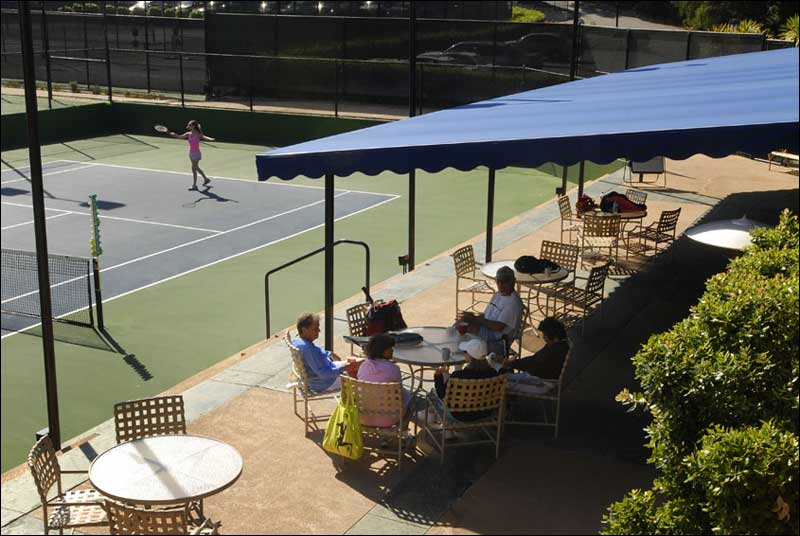
It is about both the exercise and the community. We joined the Pierpont both for their athletic facilities and the community it provides. It worked. It has gone some way to providing my daughters (and me) with the sense of “thick community” I grew up with and benefited from.
So I came around to care quite a bit about community. I have tried to grow my own social supports — both for myself and for my children. I had to be true to myself so this did not involve a church or faith community. But it did involve sports and the like-minded that became my community on a daily basis in Ventura. My kids would have support and be part of the main, or so I hoped. At first I knew nobody at the Pierpont Racquet Club, Then I made some friends and eventually learned to recognize their cars when I arrived at the parking lot. Now I know most of the cars in the parking lot when I arrive and look to seek out the owners when I get inside the club. It took some time, but it worked.
That is the thing about America: you have all the freedom you might want to be live how you want and be who you want to be. But with that freedom comes the responsibility to identify and build the life you want and need. It is not going to be automatically provided for you. You have to go out actively and get it. But knowing what you need is hard enough, and then going out and getting it harder still.
It is not so simple. Nobody really trains you to how to answer the big questions in life. How do you stay married? How do you work the same job for decades without getting bored? How do you raise your children to be kind and well adjusted? How do you want to live? What is healthy? What is not? How do you find balance in life? What do I need? What do I not need? Who am I? How should I live?
It might be easier to be born into a village in Bali or India, and then to learn to operate inside the prescribed life you live there — less freedom, but more support. A person is pretty much told who they will be and how they will live. But with greater freedom comes the responsibility to make it work for you. To choose well. Not to flounder in your freedom. Not to spin unaccountably into negative thoughts and destructive actions. Having too many choices (with little guidance) can be as bad as having too few choices.
I see a buddy of mine living as a single guy in Irvine who has almost no friends in the city he lives in. Sure this buddy has friends from high school and college (like me), but we are so busy and no longer live near each other. We see each other a few times per year and enjoy these visits. But my friend has no “buddies” he sees on a daily and weekly basis in Irvine. Not good, as Billy Baker so ably describes. And so the months and the years they fly by. It becomes a problem.
Another buddy of mine like this lives in North Carolina. Another in Atlanta.
They work hard by day and then come home exhausted at night. They are alone most evenings. Maybe in Ireland they would go to the neighborhood pub and socialize while playing darts and drinking a pint. In the United States they sit down at home to watch the dancing pixels on the screens in front of them. They do it alone. Online life via social media, or participating in the large mediascape, is no substitute. One needs real life contact. One’s family and neighbors.
I have more than once reflected on the fact that if I were to suffer some debilitating physical injury and could not play tennis and were forced to quit the Pierpont Racquet Club, I would be badly in danger of losing my support system in Ventura. Either I would have to find, establish, and cultivate another network, or I could be another one of those “at risk” for living without a “thick” community and the continuous succor it provides. I could lose the buddies I see on almost a daily basis. Children are afraid of the dark or of some monster who lives in the closet; adults have the same fears, but these fears have names and can actually happen in real life. Getting hit by a drunk driver or being audited by the IRS or descending into alcoholism or suffering a divorce or coming down with the big “C”, such possibilities are the stuff of nightmares for me — losing tennis and my PRC community because of a sports injury is another I dread to think about. What if in an extreme move on the tennis court I snapped my Achilles tendon off my leg? Need a knee or hip replacement? The older I get, the more it could happen. It would threaten more than just my ability to play tennis. I would be in real trouble.
But for now I am good with tennis and it is good to me. And tennis, or course, is more a metaphor for all sorts of exercise (swimming, Pilates, spin cycles) and the community in Ventura that has come with it.
I have happy memories of growing up on the court of the Newport Beach Tennis Club and the athletic fields there in town, and my daughters (hopefully) are having the same sort of happy childhoods on similar tennis courts and soccer fields. Library books and incessant sports and the warming sun: the California middle class dream, or so I will hope. A launchpad towards successful adult lives for my daughters. A happy childhood.
I have seen other parents seek to build what they need. A couple of months ago I listened to Ventura Mayor Matt LaVere talk about how his mom had been Jewish, his father Presbyterian, and he had gone to Catholic schools (or some such ecumenical combination thereof). But when he and his wife had children, he said they very carefully looked around town for a church for their family to join. They found a small Protestant congregation out of Ventura College and joined it. I was a bit amazed at how cold-blooded and calculatingly they had chosen their church — the right demographics, right social message, like-minded folk. They obviously joined this faith community primarily for the upbringing of their children. This seems very smart. Their children, and the parents too, will benefit. I had never before heard someone talk about joining a church so expressly for their children’s sake. As a father I made some of the same decisions as Matt but slower and in a much more roundabout manner.
Still, the questions remain. Am I providing enough “thick” community for my daughters? For myself? As an introverted person, this is an area where I struggle, obviously.
I did not want to find myself like Jessica Schairer in Michigan in this NY Times article — stuck in her apartment with her kids on weekends. Too much time, too little to do. Not enough money. Not enough community. Isolated, alone. Bored, fighting with each other. Children at risk for a whole plethora of social ills.
Fear it, America. Fear it. Only a fool learns from his own mistakes, as Otto von Bismark explained. Learn from the mistakes of others and make the most intelligent choices you can.
Or so I am trying to do.
And Bob Baker and Jessica Shairer are trying to do, with more or less success. Everyone is trying, in their own way.
I wish us all good luck —
— except for him, him, him, him, him, and him. They can rot in hell, having given up and essentially declared war on mankind.
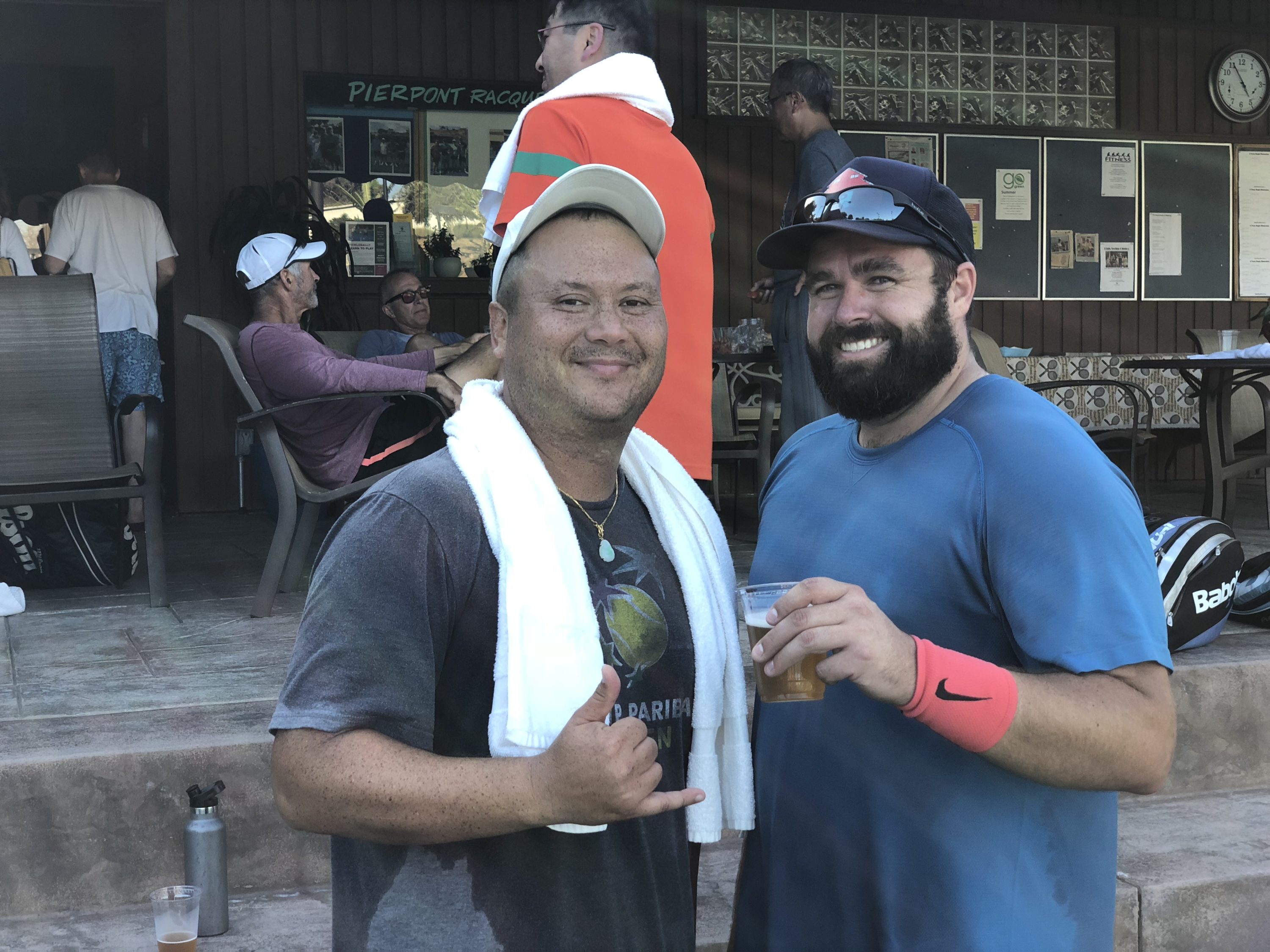
“So what have we learned? What are the lessons that come from the tens of thousands of pages of information that we’ve generated on these lives? Well, the lessons aren’t about wealth or fame or working harder and harder. The clearest message that we get from this 75-year study is this: Good relationships keep us happier and healthier. Period.
“We’ve learned three big lessons about relationships. The first is that social connections are really good for us, and that loneliness kills. It turns out that people who are more socially connected to family, to friends, to community, are happier, they’re physically healthier, and they live longer than people who are less well connected. And the experience of loneliness turns out to be toxic. People who are more isolated than they want to be from others find that they are less happy, their health declines earlier in midlife, their brain functioning declines sooner and they live shorter lives than people who are not lonely. And the sad fact is that at any given time, more than one in five Americans will report that they’re lonely.”
ADDENDUM: A voice in my head wonders if in this article I seem to prefer life in a tribal society. That I would be better off living like a peasant in rural India or with nomadic Bedouins. Or prefer a society like Viktor Orbán’s Hungary or Vladimir Putin’s Russia where orthodox Christianity and a traditional lifestyle would provide the strict guidance and structure for “safety and happiness” in an illiberal autocratic society: I would be told what is I want and need by those in power, and I would live accordingly. No, I appreciate the FREEDOM I have in the United States. I really do. I CHOSE never to return to Orange County where I grew up, making my own way elsewhere away from my father and siblings; I CHOSE to become a husband and a father, relatively late in life; I CHOSE to become a teacher, when my family mostly consists of lawyers — I went the opposite way; I chose not to care much about the ethnic heritage of my familial past from Ireland, unlike some of my family, and instead embrace my present and future along California’s beaches; I chose not to participate in the faith tradition (Roman Catholicism) of my parents and grandparents; I CHOSE to join a tennis club and raise my kids in it, when I was struggling to find what I thought I and my family needed. I have greatly appreciated the FREEDOM to chart my own course — to have the life I wanted and CHOSE. I reject the idea that I would have to live in the same town/village as my father and grandfather and practice the same religion and do the same job as my ancestors. I ENJOY the FREEDOM to live as I wish and have chosen, accepting the consequences of those choices. My point in this essay is that with the freedom to choose comes the obligation to choose as wisely as possible and consciously to make any needed adjustments — of attending to to one’s needs. To have others (paternal government, village elders, religious authorities, family patriarch/matriarch) tell me how to live and take away my choices because “it is better for me” would be intolerable. I do not wish this essay to be interpreted as a paean to traditional life, or a rejection of modernity. It is the opposite.
